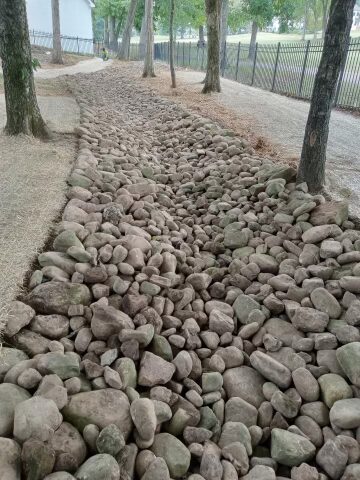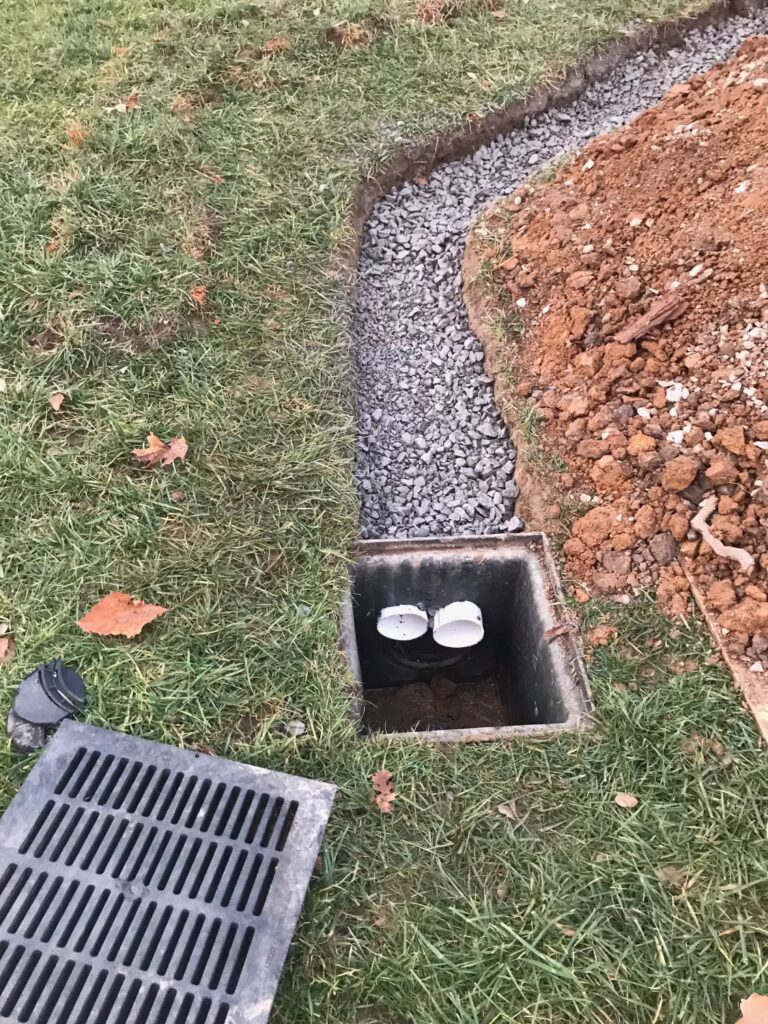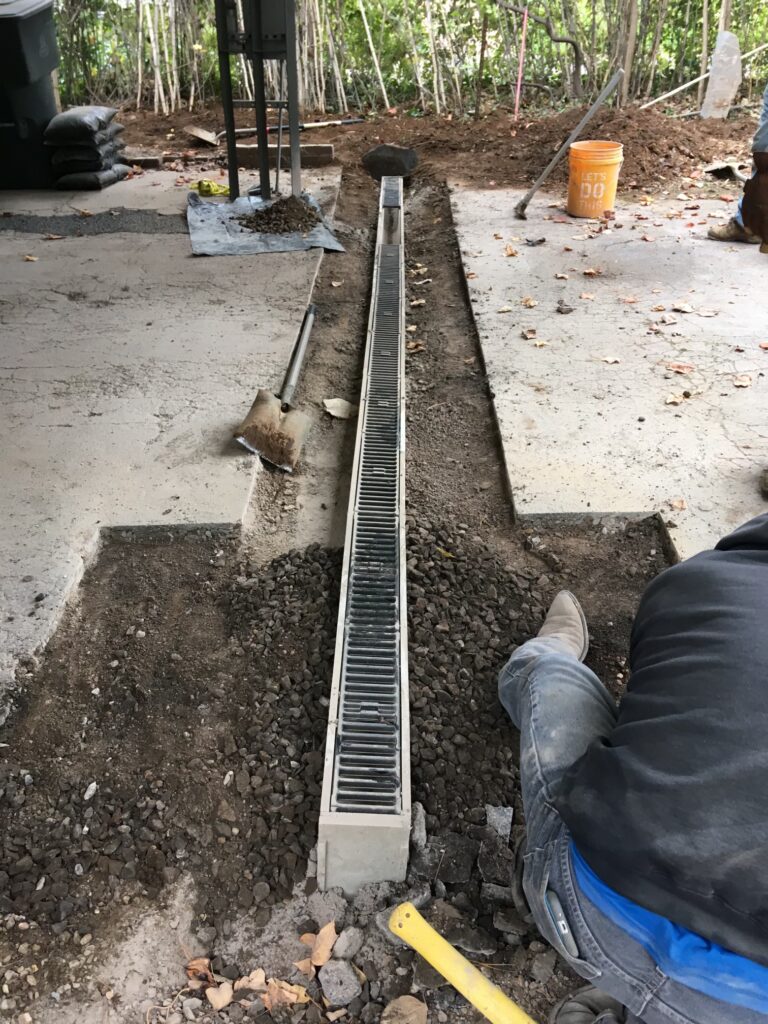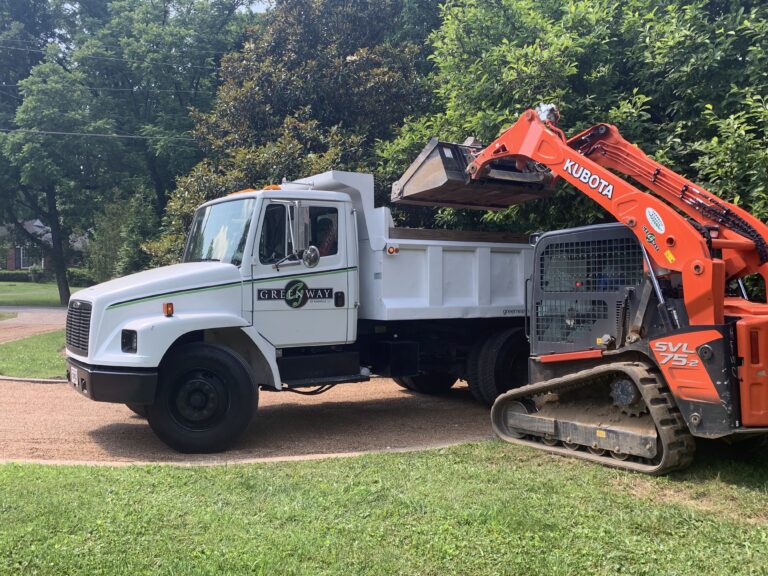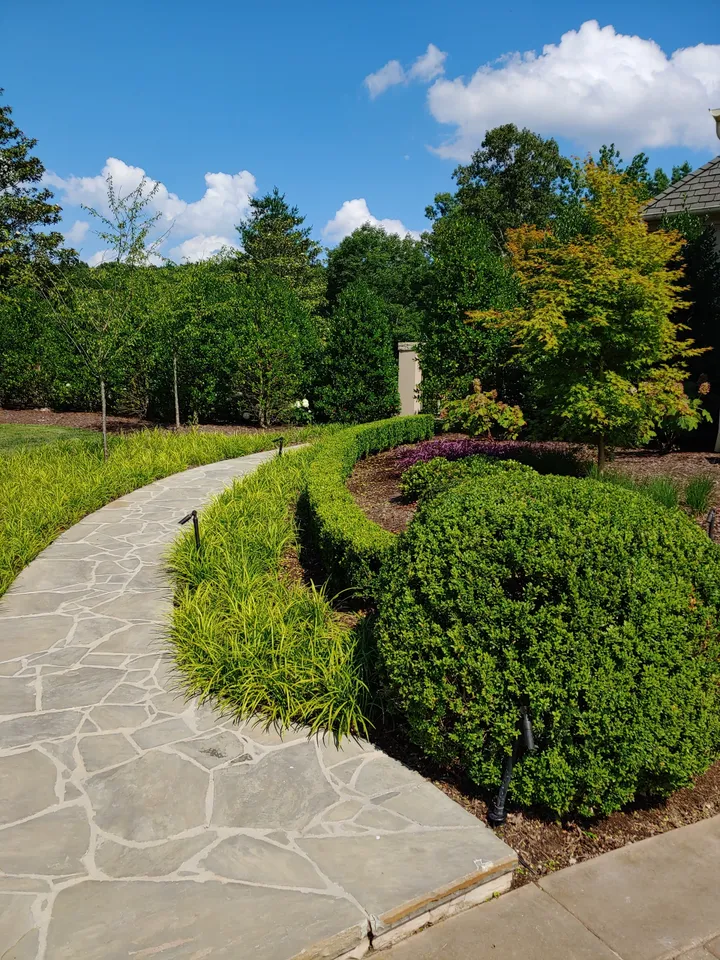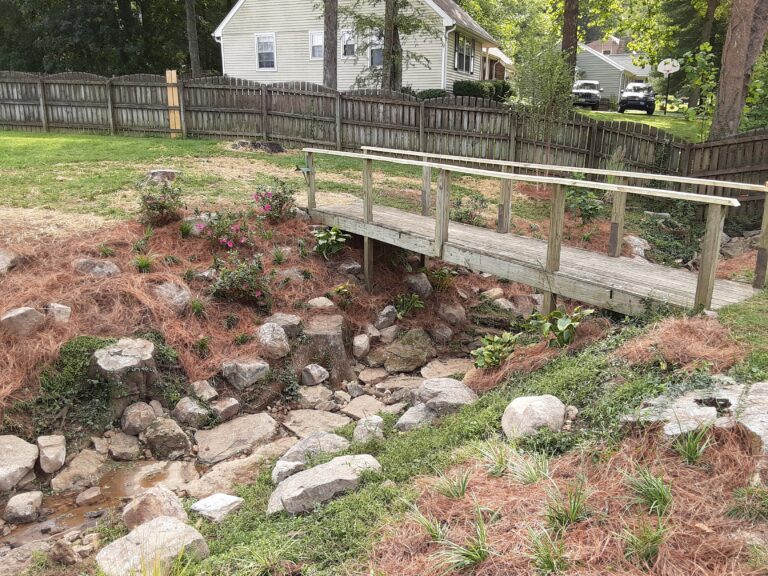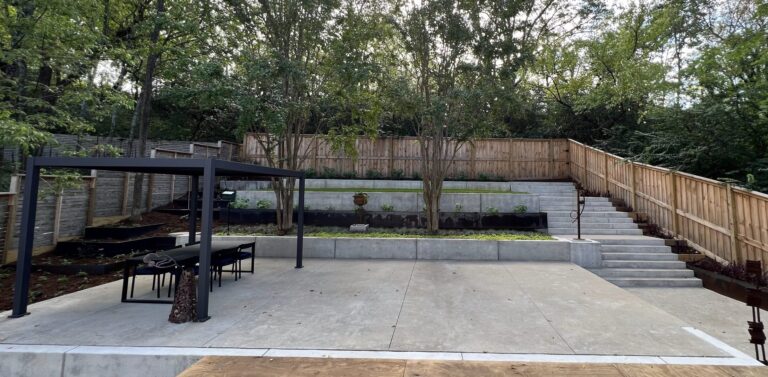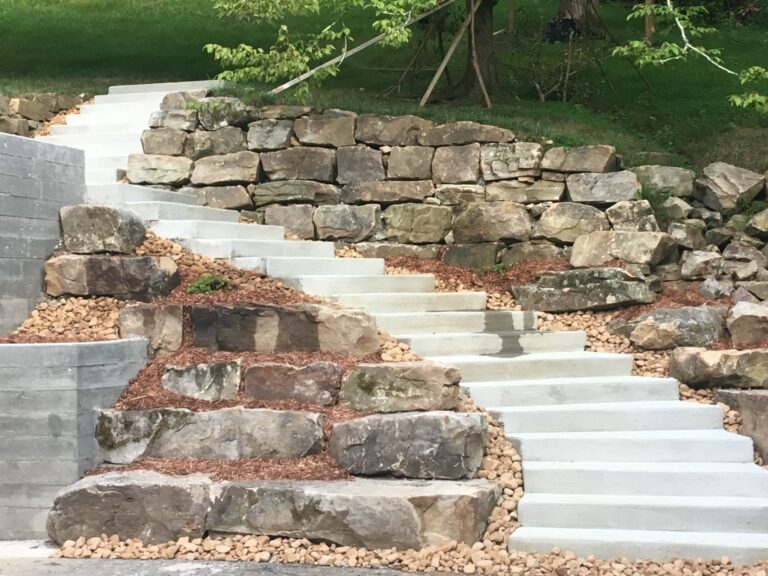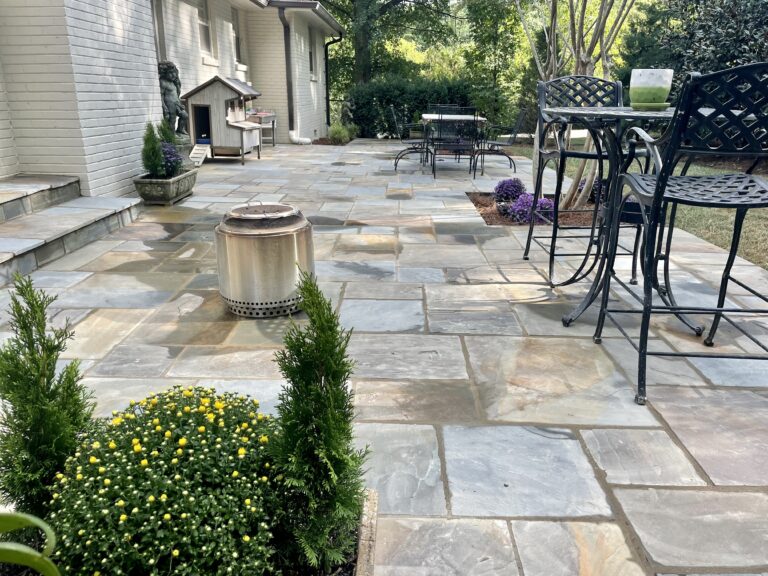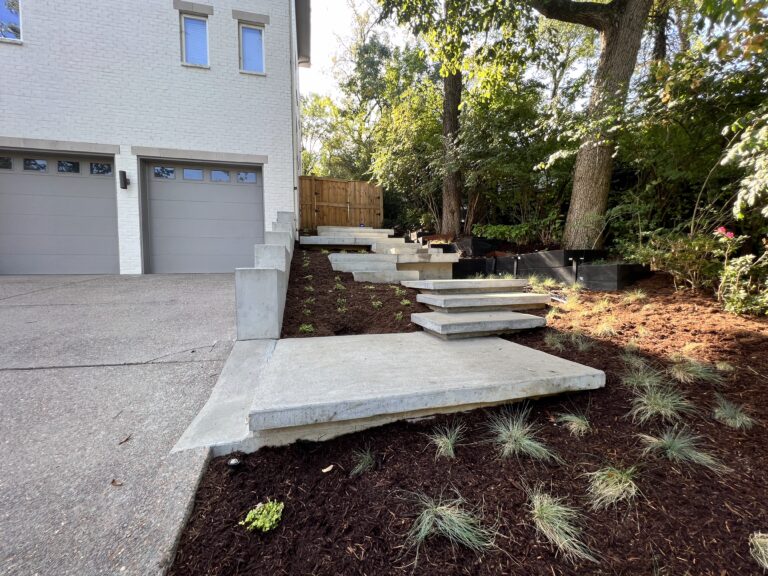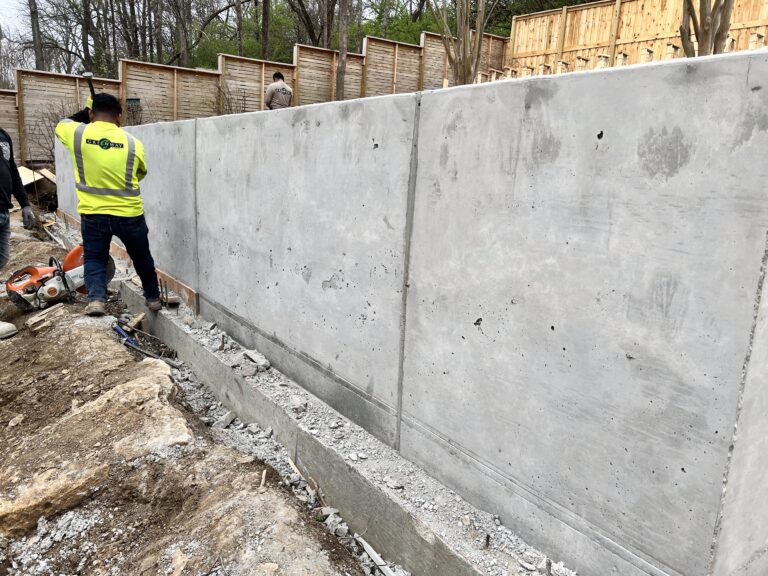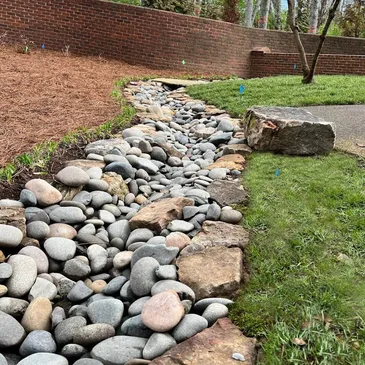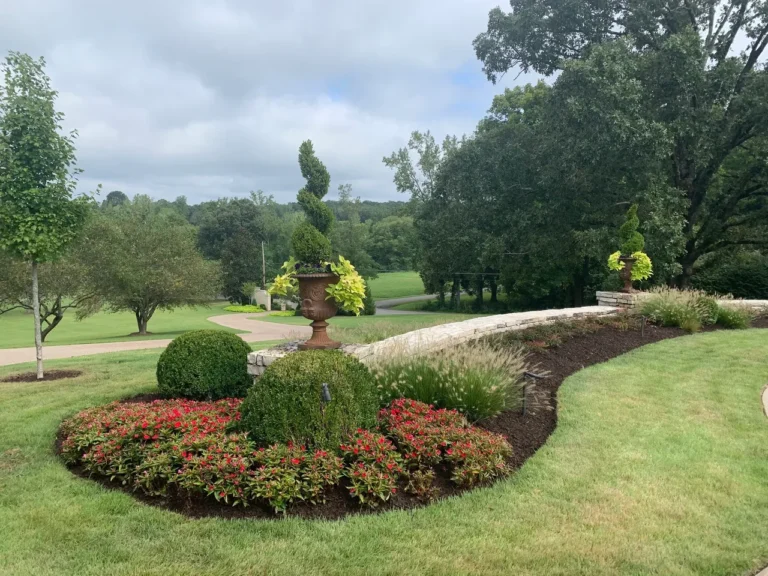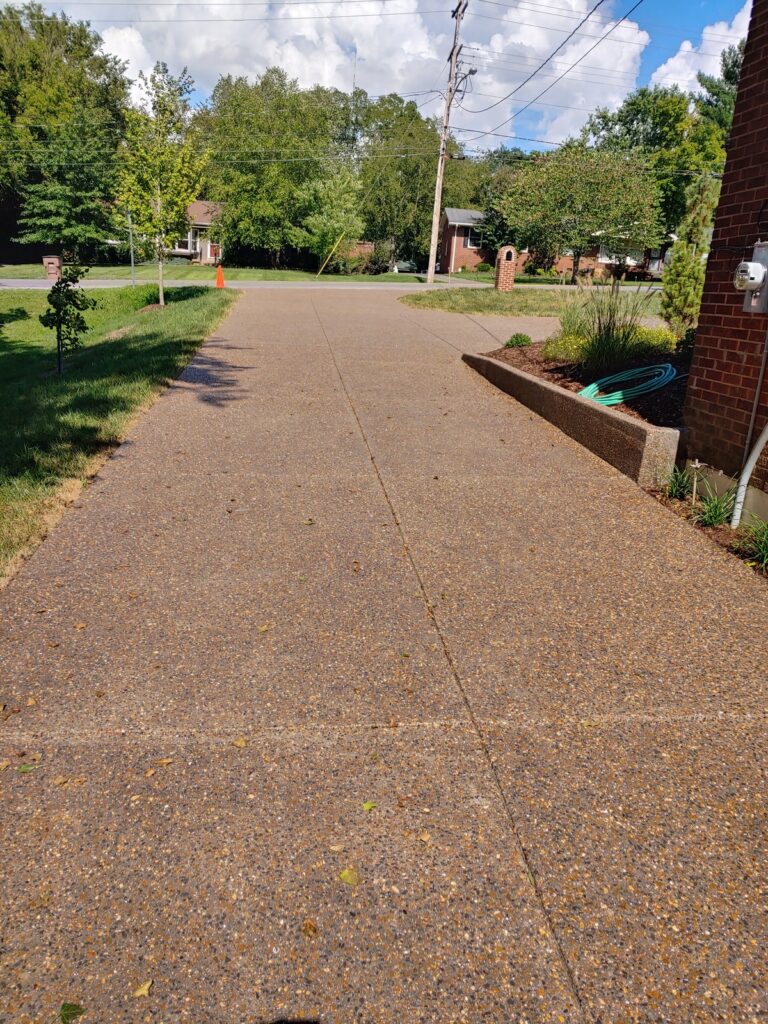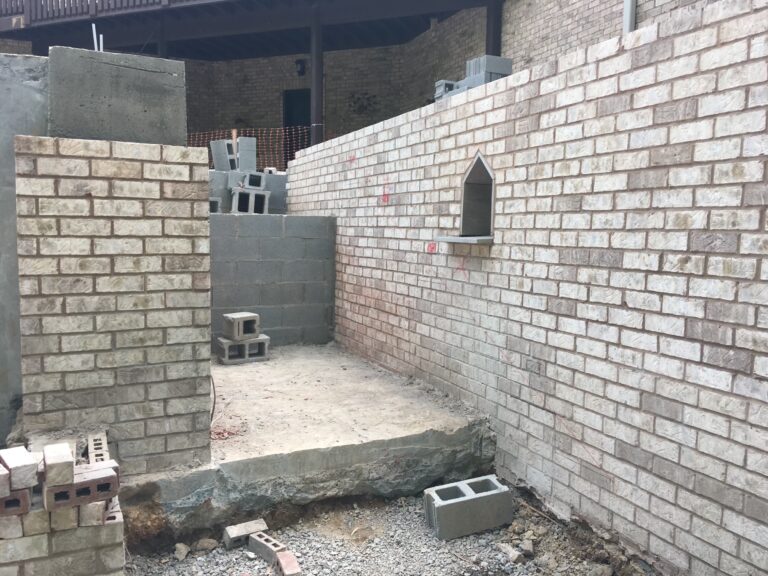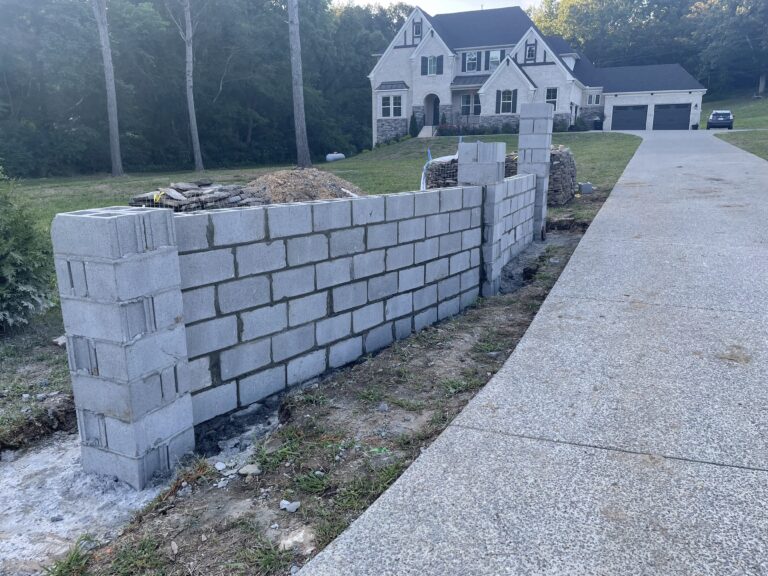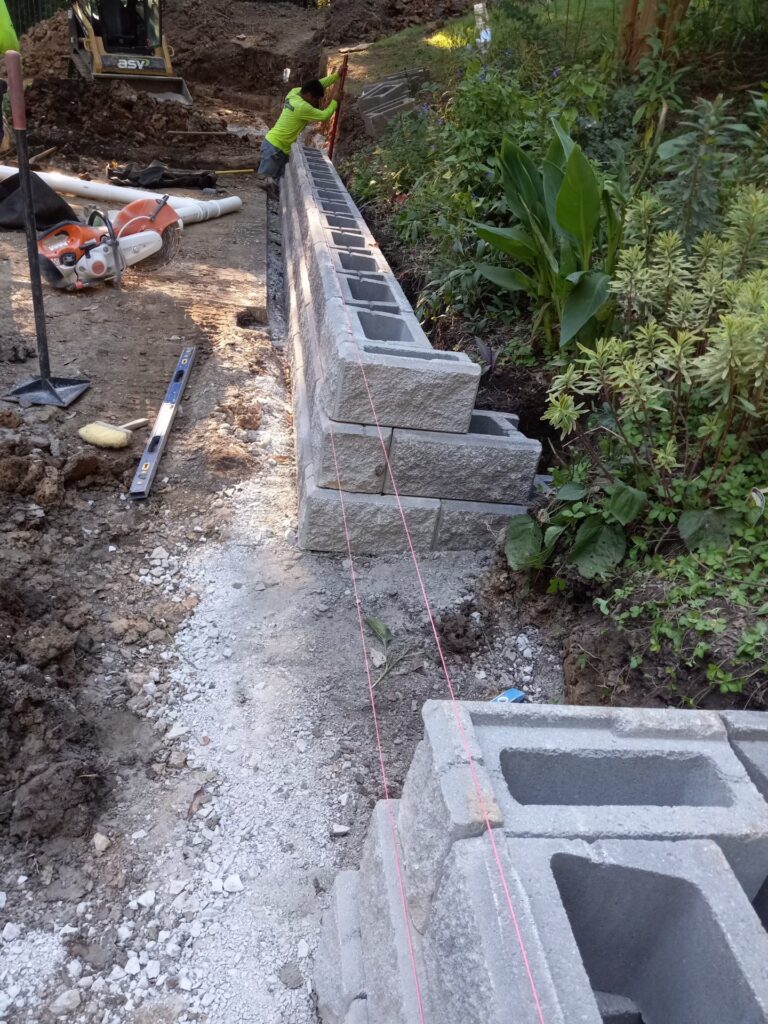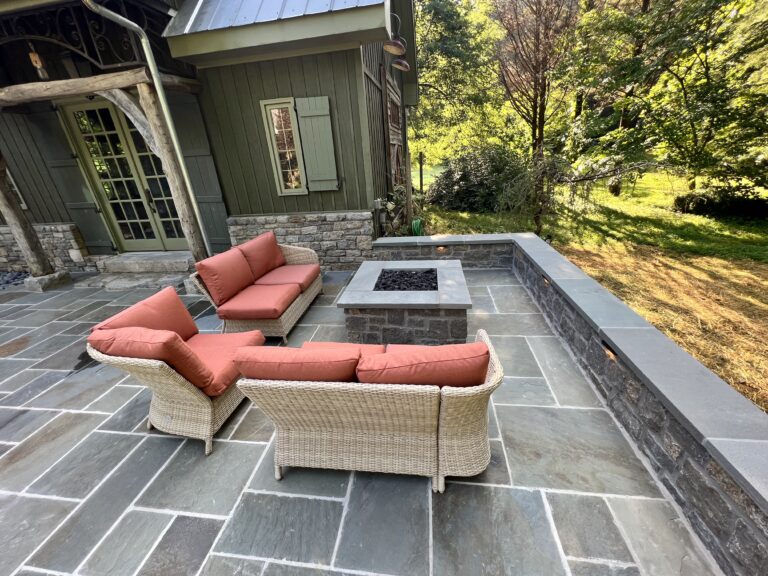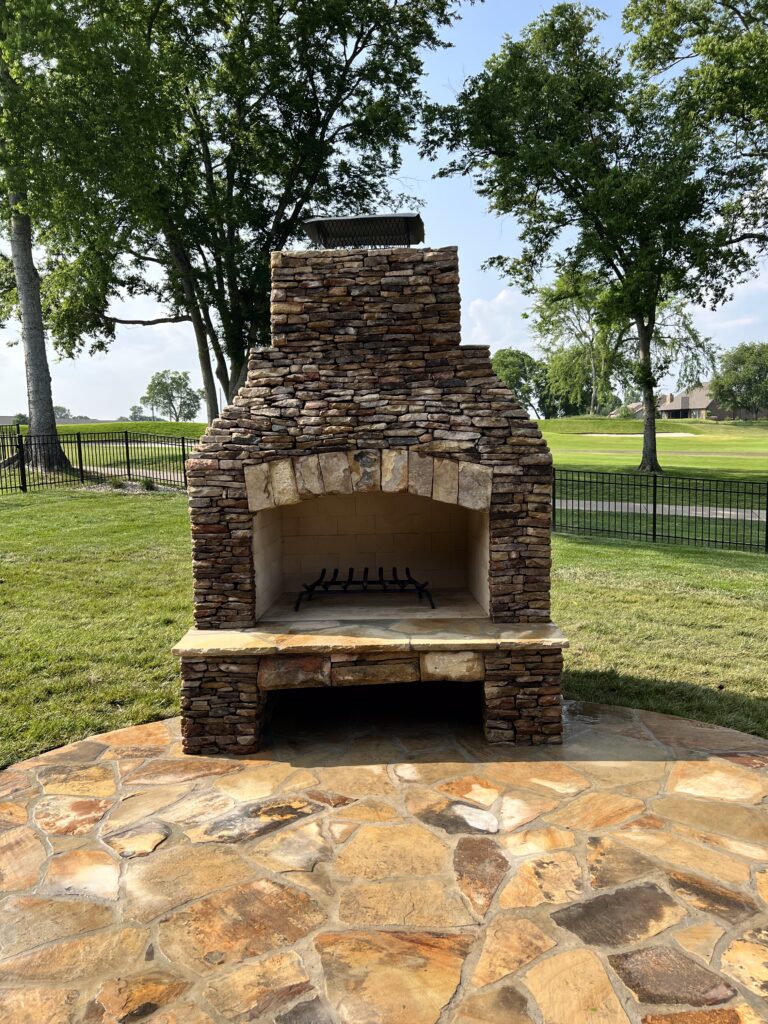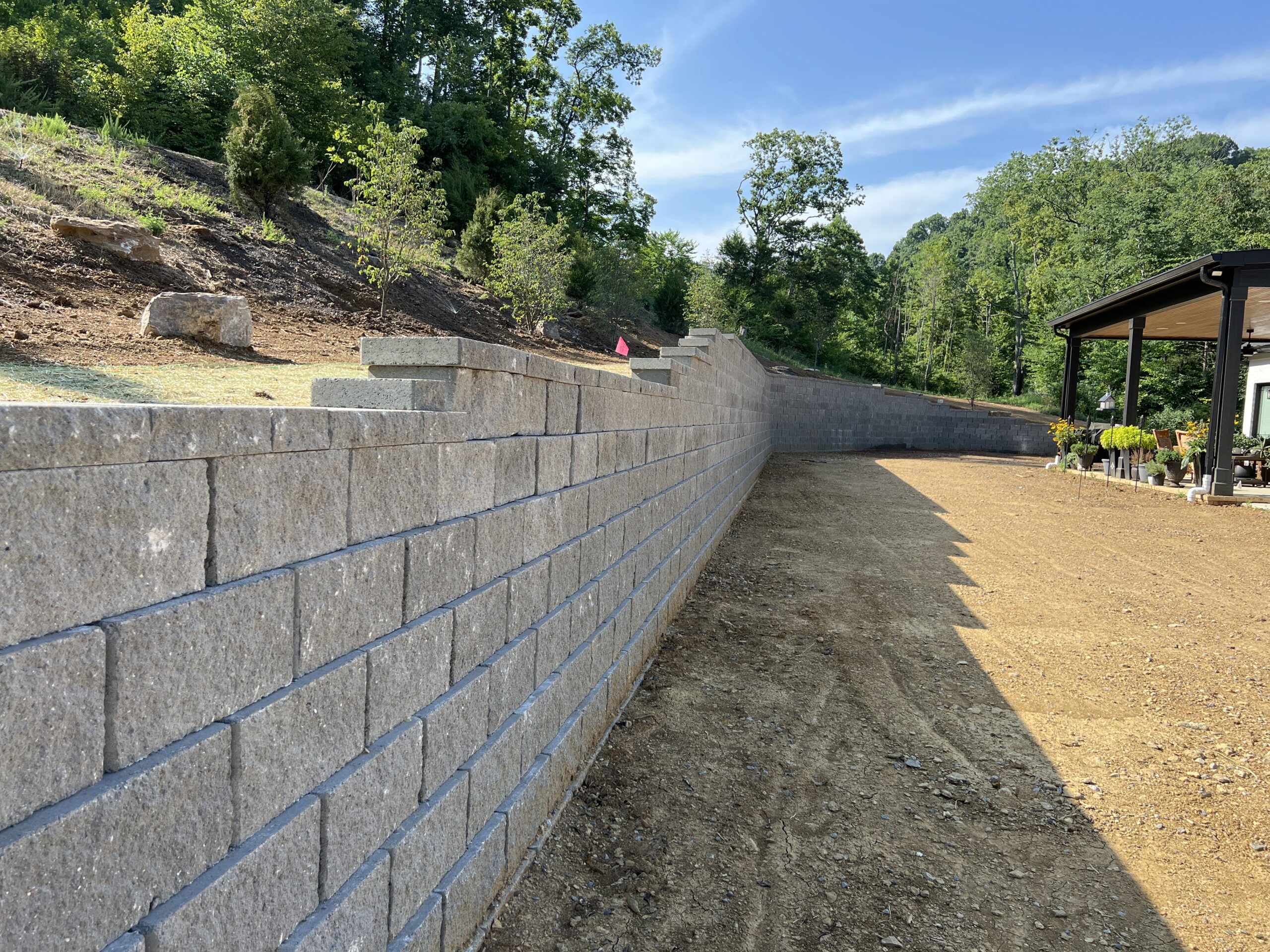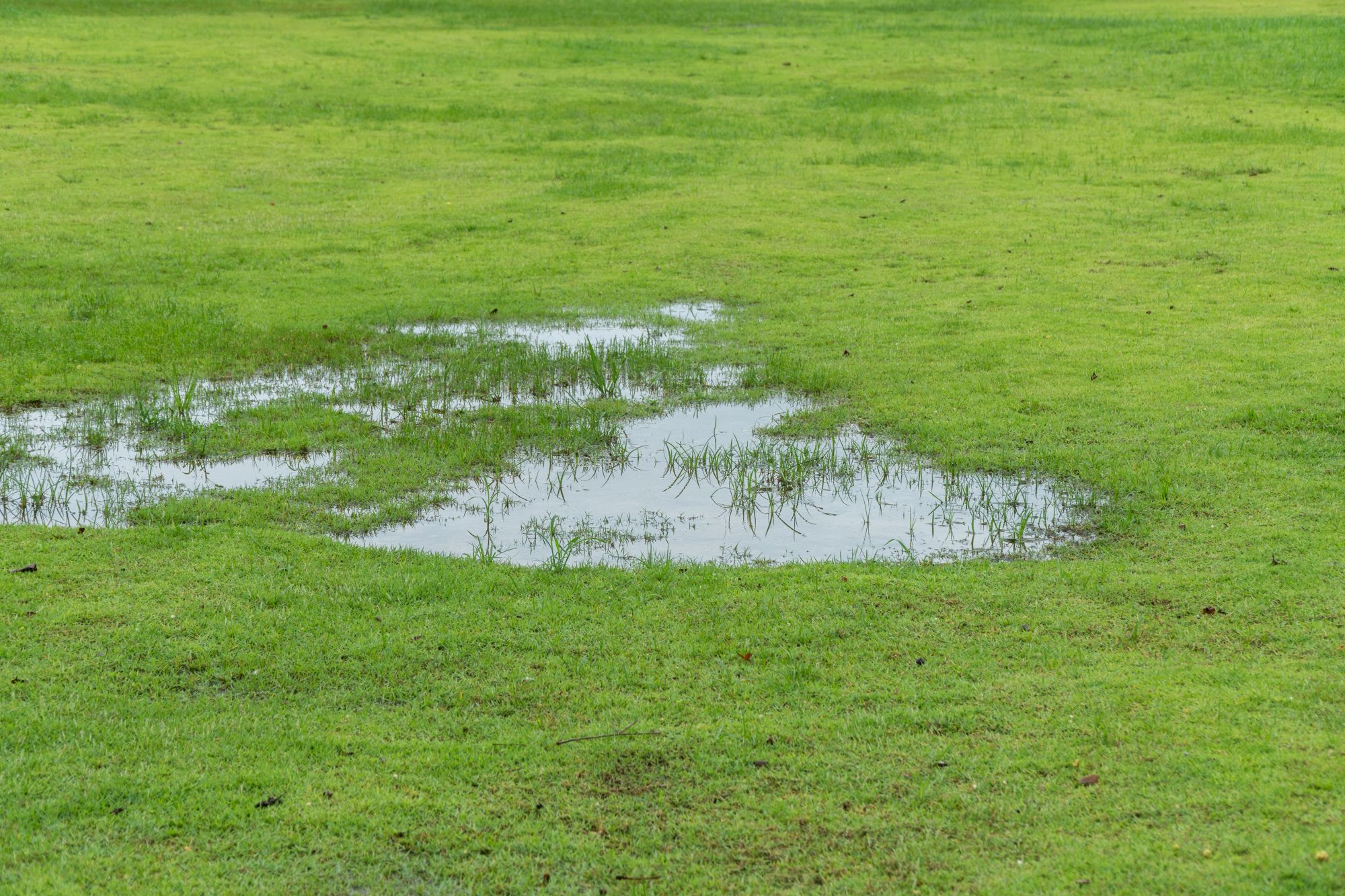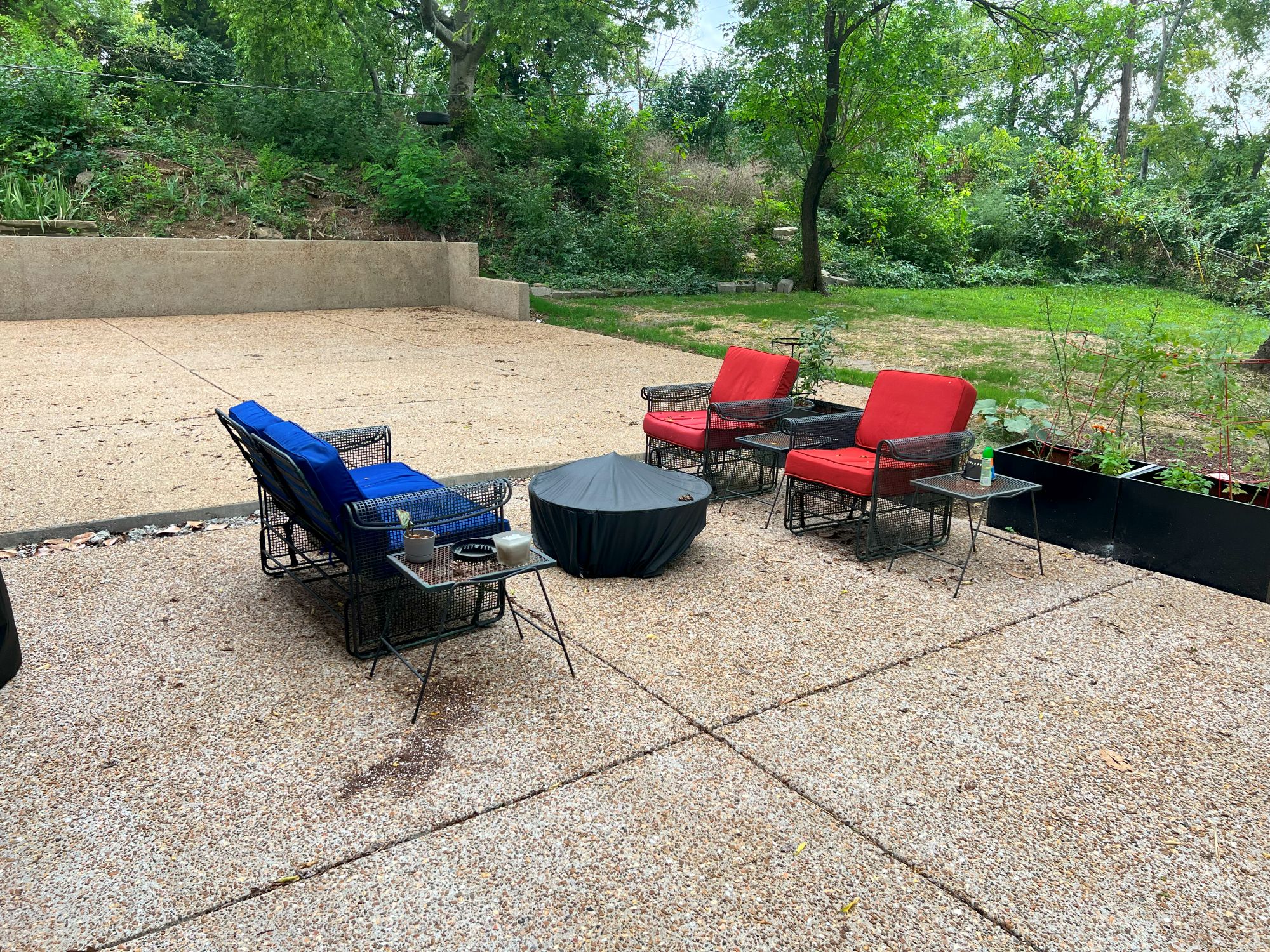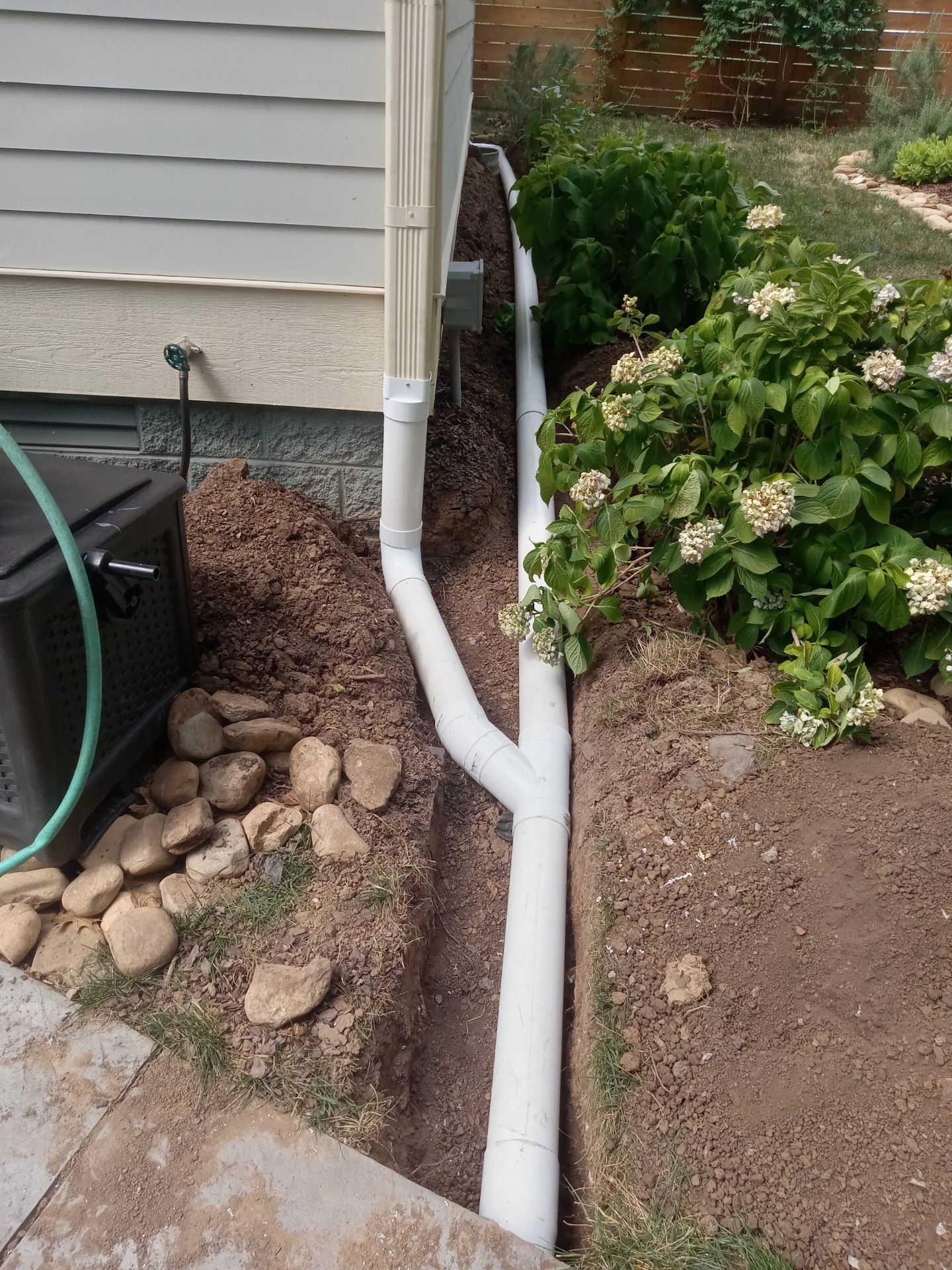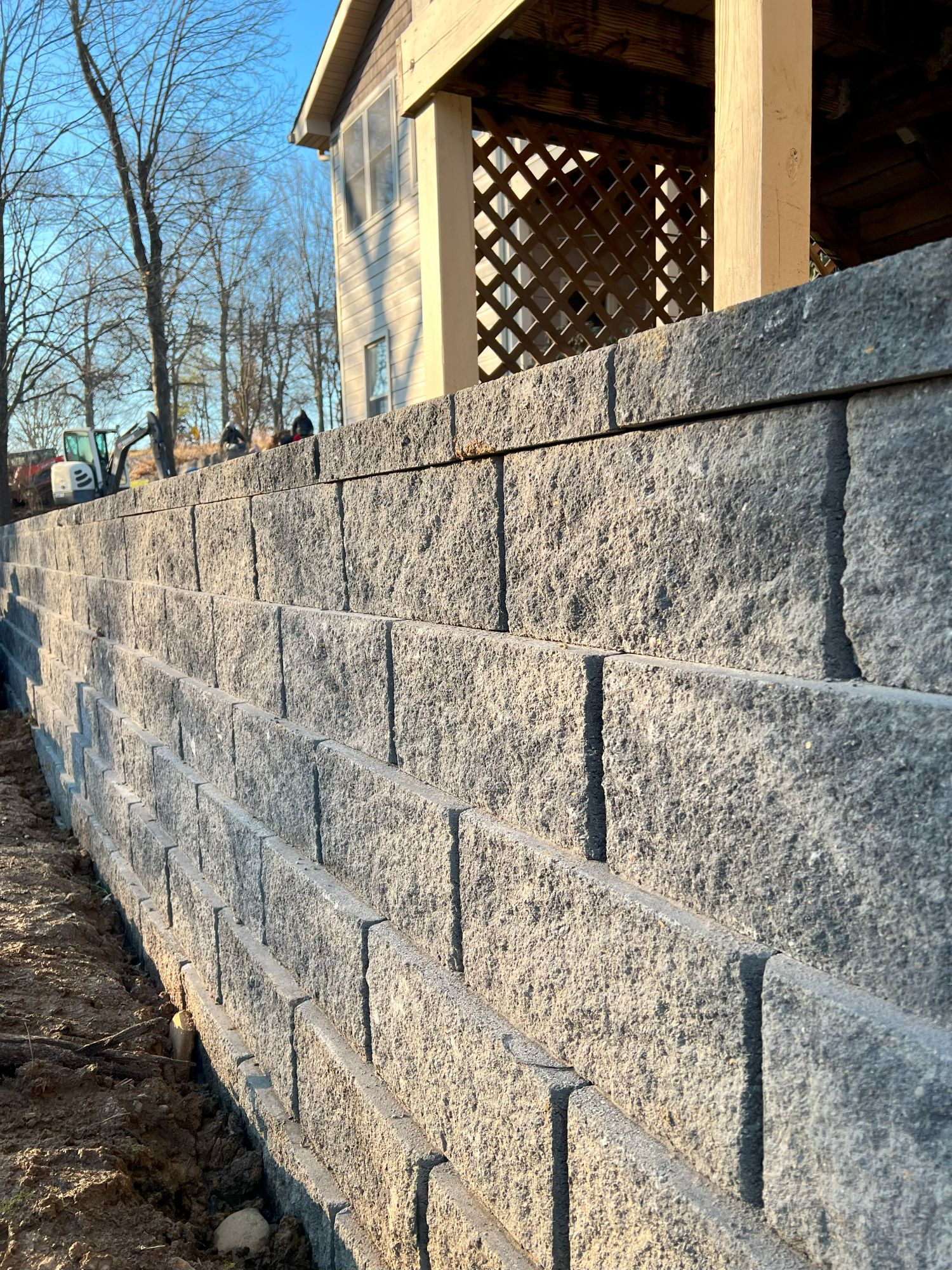When you think of landscaping, your first thought is likely not of a retaining wall. Most people imagine lush yards, pruned plants, and water features such as ponds. Important but overlooked aspects of landscape like residential drainage are just as important as (if not more than) greenery. Yards are prone to a number of issues that should be proactively addressed to prevent more costly problems down the road. Common issues include erosion of the ground and flooding, but thankfully there are landscaping solutions such as retaining walls that can prevent these.
Effects of Retaining Walls on Erosion and Flooding
Do Retaining Walls Help With Erosion?
A retaining wall is a barrier built to prevent the erosion of ground from an area as a result of water runoff. After rainfall, gravity will move the water landing on the ground downhill, and soil will move with it. This causes your yard to wash away over time, changing the slope and appearance as well as affecting the stability of the ground and structures upon it. As the soil leaves, the buildings or driveways that sit on it become more precarious and unstable. The soil can also take with it chemicals and debris that end up in drains and waterways.
Chances are you’ve seen a retaining wall in real life, even if you weren’t certain of its purpose. With a retaining wall, there is a vertical surface, usually made of brick or block, to hold the ground in place and prevent it from changing your topography. It’s often at least several feet tall, and the base of the structure is set deep within the ground for added stability. In turn, the wall is able to hold against the pressure so long as it is built effectively and calculations are made to ensure the necessary height, material, and structure of the wall. Even as the ground behind the wall absorbs water and becomes heavier, the wall is able to withstand the pressure and keep the soil in place.
One consideration with a retaining wall is that there should be a mechanism for drainage. If allowed to collect too much, the increasing hydrostatic pressure of the water in the ground can overwhelm the retaining wall, causing it to fail. Retaining wall contractors often install a French drain at the base of the wall to give liquid absorbed into the ground a place to escape instead of building up in the soil. A French drain is a pipe running parallel to the wall at the base that is able to collect the water. It is sloped in a way to guide the excess liquid towards another area of the property where it can disperse and not cause issues. Above the pipe and behind the wall is gravel, which allows the groundwater to trickle down to the pipe with ease.
The benefit of a retaining wall for soil erosion is that once installed, it can prevent your ground from wearing away for years to come. Doing so helps to maintain your property value, protects the foundation of your home, and ensures structures in the area such as driveways are not affected by changes in the soil levels. While it requires money to build, the return on investment far outweighs the initial cost.
Done right, functional projects such as retaining walls can also be aesthetically pleasing. As previously mentioned, most retaining walls are made of brick. Since retaining walls are very obvious, many of the brick options for building one are designed with aesthetic appeal in mind and are available in a variety of colors and shapes. There are also other material options to consider to match the outdoor space and style of your home, such as, stone, concrete or premanufactured block. The ability to match the retaining wall to the feel of your home’s exterior and landscaping helps to create a curb appeal that can positively impact the value of your home. Wood is another option for building a retaining wall and can be less expensive, but it may be more susceptible to damage from the elements or animals.
The functional aspect is also a benefit—drainage solutions such as retaining walls and French drains have a great return on investment.
Your property may require multiple tiers of retaining walls if there is a steeper change in elevation from one area to another.
“Work with skilled Nashville hardscaping and outdoor construction professionals who understand your vision and respect your schedule. Contact us for a free quote!”
How Does a Retaining Wall Prevent Flooding?
Standing water poses a risk to the foundation of your home. During the early spring when snow melts rapidly or during heavy rain events, fast accumulation of water can quickly lead to damage. Building a retaining wall to prevent flooding can mean the difference in costly repairs to your basement or foundation.
Retaining walls that are positioned appropriately can redirect the flow of water away from your home. Each time there’s significant rainfall, a well-crafted retaining wall gives you peace of mind that your home has increased protection from flooding. Having the added French drain to assist the wall further improves its ability to prevent pooling. Layering the solutions this way increases the protection to your home and property.
Because the retaining wall is helping to keep your soil in place and the ground level, there is also less tendency for water to accumulate in one spot since there shouldn’t be low areas for the water to puddle. If you are already suffering from uneven surfaces, grading of the ground may be necessary to redistribute the soil and create an appropriate slope.
How Do You Build a Retaining Wall?
Installing a retaining wall is not a novice-level task. There are specific calculations and considerations to be made when designing the layout of the wall, including height, length, and position. The wall needs to be reinforced and anchored to hold up to the pressure upon it. Done incorrectly, the wall could fall short of its intended purpose. Additionally, there are likely rules and regulations in place on what must be done when building a retaining wall. Whether due to a local ordinance or homeowner’s association, it’s important to ensure building codes are respected, otherwise you may end up with fines or an expensive re-do.
It’s labor-intensive to build a retaining wall, and the process can be time consuming. Heavy machinery will be required to excavate the area and for digging the footer for the wall.
Hiring a retaining wall installation service allows you to have an expert like Greenway of Nashville do all the calculating, ordering, and building without the stress of learning a whole new skill at the same time. We’ll work with you to determine what solutions your property needs, what your preferences for design are, and what rules must be followed when building your retaining wall so that you can reap the benefits for years to come.
Greenway of Nashville is your local residential landscaping expert with years of experience. From designing and building retaining walls to laying paver patios and pouring driveways, we have the knowledge, proficiency, and equipment to meet your needs. Request a free quote with a guaranteed rate by reaching out through our website or by calling us at (615)-238-4574.
Read more content related to:

